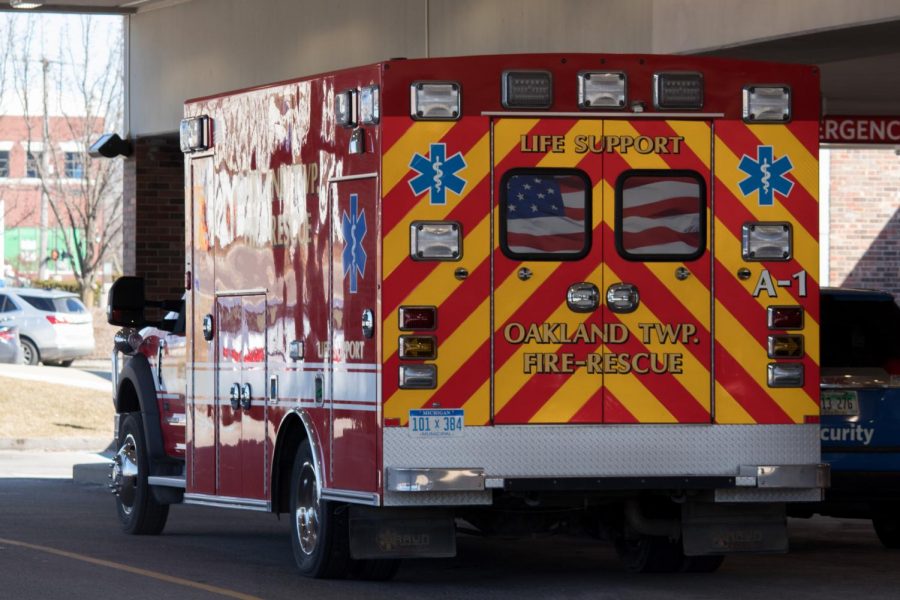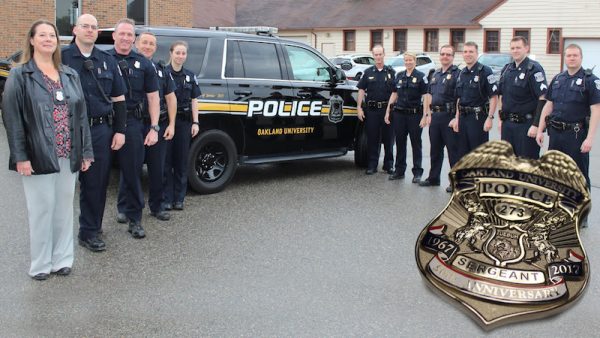EMS in Michigan, and nation, suffering personnel shortage
The Emergency Medical Services (EMS) field is experiencing a striking labor shortage of available parademedics for the open positions across the United States, and Michigan is no exception.
The U.S. Department of Labor predicts a 15 percent increase in jobs in the EMS field between now and 2026.
With a high turnover rate of just three to five years, positions cannot seem to be filled quickly enough.
“We get a lot of students entering EMT [Emergency Medical Technician] and paramedic programs that are looking to move on to become a physician or a nurse or something like that,” said Matthew Rose, Paramedic and Public Information Officer for Emergent Health Partners, which is the largest ambulance provider in Michigan. “While we’d like to keep them as a career person, we understand that a lot of people move on to do other careers in the health field.”
Beyond the growing field and potential that personnel recruitment is on a decline, the sharp contrast in positions and staff to fill those positions could also be attributed to an increase in need of these services.
“I think one of the big contributing factors is that the largest population we have, the baby boomers, are kind of getting to that age where they may be relying on EMS more and more as they exceed that age of 65,” said Kenneth Kiley, director of Support Services for the Oakland University Police Department. “So we’re seeing more medical-related calls such as heart attacks and strokes with that population where inevitably EMS response would go up.”
Americans of all ages additionally seem to be relying on emergency services more heavily and readily than has been done in the past.
“We’re experiencing, both in the area and statewide, more calls to 911 or EMS services than we did just a decade ago as citizens come to expect more of a community health approach to pre-hospital care,” said Jacob Fitzpatrick, an OU nursing alumnus who currently works in the Cardiovascular Intensive Care Unit at Henry Ford Detroit. “We’re seeing ambulances responding for patients with non-life threatening conditions that just a decade ago would have been driven to the emergency department by family members.”
He added this could be due to the increased desire for immediate care even while on route to the hospital.
For OU’s part, OU EMS Education is a less than year old initiative to bring EMS training to campus and offer certifications to students.
“I think that providing opportunities for students is really important, and allowing them to get involved with EMS early in their college careers may spark interest in a field that otherwise may not have been considered by students, so I really think exposure is key,” Kiley said.
A Medical First Responder Licensing Class was the first class held last fall, and due to its success, there will tentatively be an EMT class this fall. This depends on instructor availability and approval by the State of Michigan. Further information should be available in June.
“The students graduating from Oakland can now add an EMS license to their resume, which makes them extremely marketable to fire departments, EMS agencies and even hospitals in the area,” Fitzpatrick said.
Looking forward, Rose suggested the field may be headed in a direction of becoming more proactive rather than simply reactive.
“I think the future of EMS is really only limited by our imagination,” Fitzpatrick said. “With the technology we’re seeing coupled with the advances in patient care, I think there’s no better time to get into the EMS field.”







